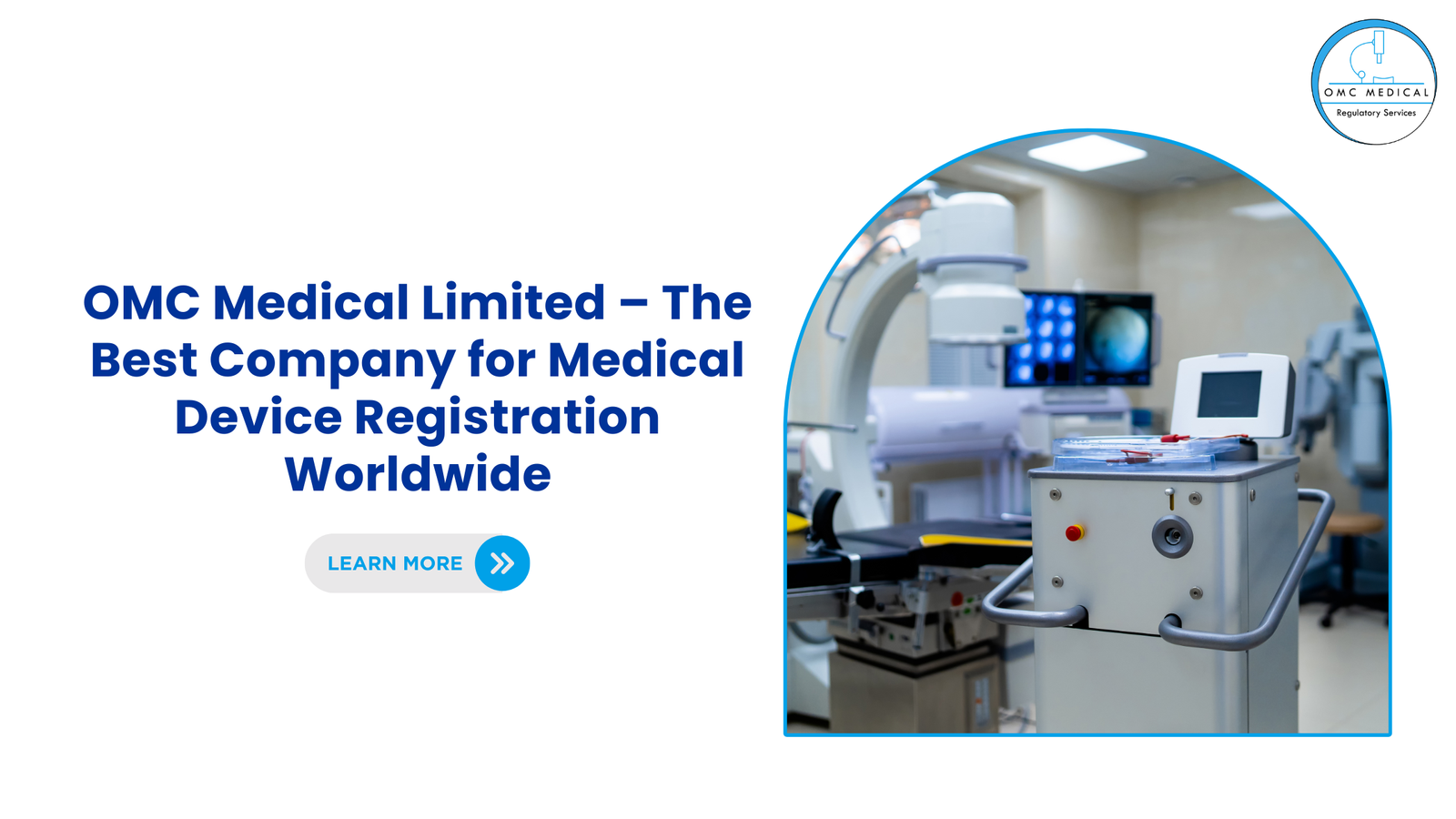Medical devices conforming with the medical device regulations must have a conformity marking. Medical devices that do not conform may still be placed in the market, provided they apply through the exceptional use devices pathway.
This article discusses the exceptional use requirements to be satisfied to gain access to EU and UK markets.
In the UK, the UKCA marking displays that the device conforms to UK Medical Device Regulations 2002. Without UKCA marking, the devices can only be placed in the market under certain circumstances.
Similarly, CE marking is accepted throughout the EU, which denotes that medical device conforms to the EU MDR 2017/745. This procedure may also apply to custom-made devices that have not complied with standard conformity procedures.
These devices are called special-purpose devices in the EU and are mentioned in Article 21 of EU MDR 2017/745.
Exceptional Use of devices in the UK
Medicines and Healthcare products Regulatory Agency (MHRA) regulates medical devices as per UK MDR 2002. The MHRA may authorise non-compliant devices, but this is done on a case-by-case basis.
A manufacturer may place a medical device if the following conditions are met:
1. The clinician supports the application for the treatment of the patient
2. No alternative to this medical device is available on the market
3. Justification on how the medical device can improve the patient’s health with the device
The manufacturer is responsible for placing the device on the market, but the manufacturer and clinician must fill out the Humanitarian use of device-application form and submit to aic@mhra.gov.uk .
The application form must be submitted for each different patient. MHRA approves the case-by-case application basis and may request more information if the application details are deemed unclear.
The application form for exceptional use devices requires the following details:
1. Name and address of the manufacturer
2. Generic name of the device
3. Clinical investigation details
4. Risk analysis, hazard identification and estimation of risks
5. Name and address of the consultant
6. Patient’s medical condition details
7. Device necessity and
8. Other relevant information
Devices for Special Purposes in the EU
Devices under this category do not require a CE mark. Still, they must meet the conditions mentioned in EU MDR that the device is evaluated for its safety and effectiveness by the manufacturer.
Articles 62-82 of EU MDR describe the requirements to be met by manufacturers of investigational devices.
Firstly, for investigational devices, a proper clinical investigation plan is required. Read our detailed article on Clinical investigation in the EU for more information regarding this topic.
In short, the clinical investigation has a different technical file and application form than the CE-marked medical devices.
The application form should be submitted with the following documents.
1. Clinical investigation plan
2. Investigator’s brochure
3. Name and address of the manufacturer
4. Patient information sheet
5. Detailed risk analysis and test reports
6. Informed consent document
7. Other available technical documentation
Custom-Made Devices
As per EU MDR, ‘custom-made devices’ means as any device specifically made in accordance with a written prescription of any person authorised by national law by virtue of that person’s professional qualifications which gives, under that person’s responsibility, specific design characteristics, and is intended for the sole use of a particular patient exclusively to meet their conditions and needs.
However, the definition does not include ‘mass produced’ devices that need to be adjusted per user requirements. UK MDR 2002 5 (1) has a similar definition for custom-made medical devices.
The provisions in Great Britain (England, Wales and Scotland) can be accessed in Guidance on Custom-made devices in GB. Medical devices like dental appliances and prosthetics all come under custom-made devices as these are designed specifically for an individual and are not mass-produced.
Custom-made devices require technical documentation following Annex II and III of EU MDR. In addition to the documents, the manufacturer or authorised representative should draw a statement containing crucial information like that the device is intended for exclusive use by a particular user and data allowing unique identification of the medical device.
An important point to remember is that custom-made devices must conform to general safety and performance requirements in Annex I of EU MDR and essential requirements in Annex I Schedule 2A of the UK MDR 2002, and the devices are not exempt from these requirements.
FAQs
What devices come under custom-made devices?
Medical devices that come under Custom-made devices are specifically designed for an individual patient. Some great examples include dental crowns, fillings, elastics and retainers for dental structure or health. Other devices such as artificial eyes and maxillofacial implants like craniofacial implants, auricular, nasal implants, hearing aids and orthopaedic footwear fall into this category. The healthcare professionals must take accurate impressions of patients so that the device is a custom fit for the end-user or patient.
What is the difference between a custom-made device and an investigational device?
Investigational devices are those that are research devices that are developed that have no market equivalent. These devices are subjected to a clinical study to check product effectiveness. On the other hand, custom-made devices are not subject to clinical research but are customised according to the patient’s requirements. Both investigational devices and custom-made devices do not require CE/UKCA marking and require exceptional devices regulatory approvals to enter the respective markets.
Disclaimer: Regulations/legislations are subjected to changes from time to time and the author claims no responsibility for the accuracy of information.







